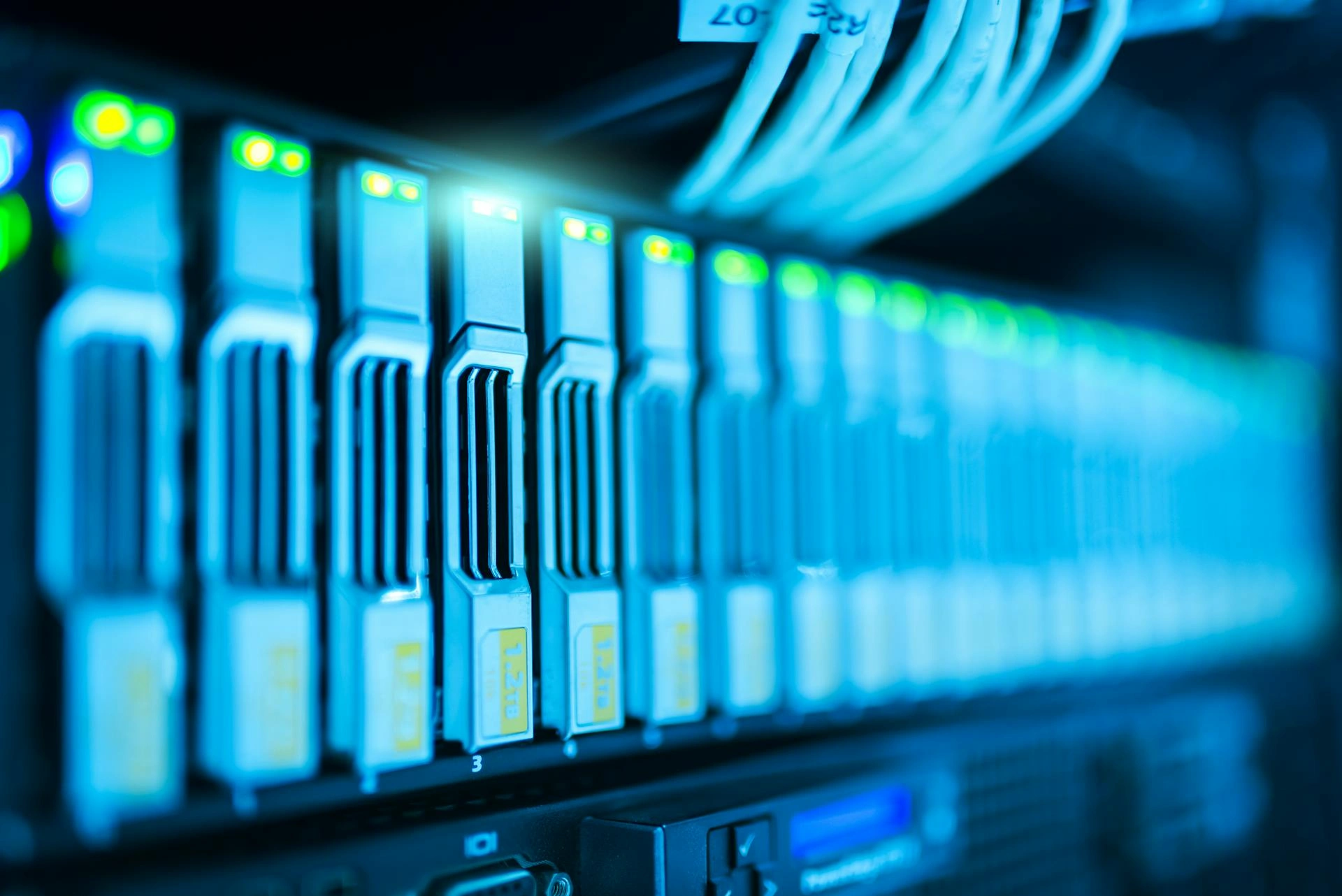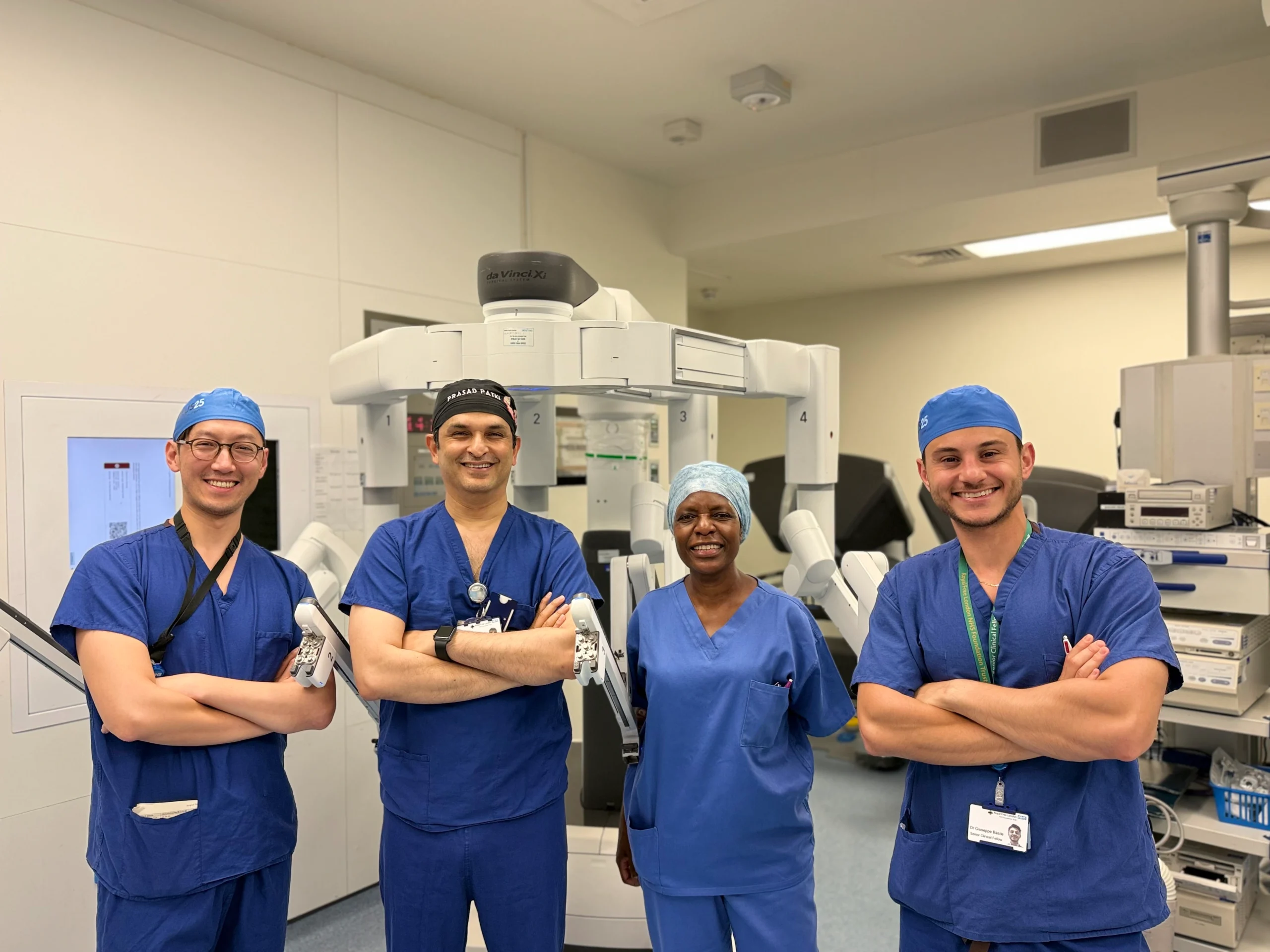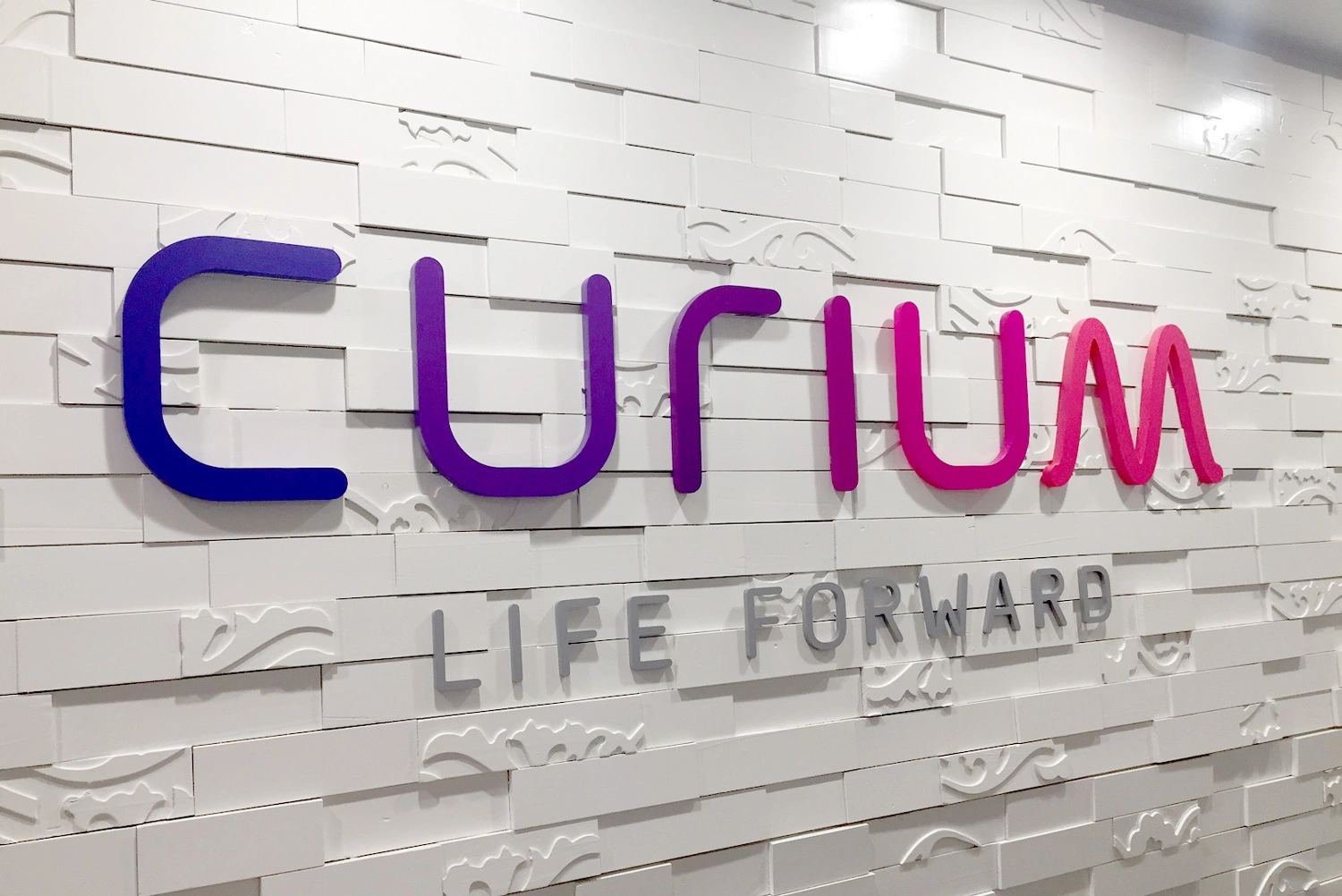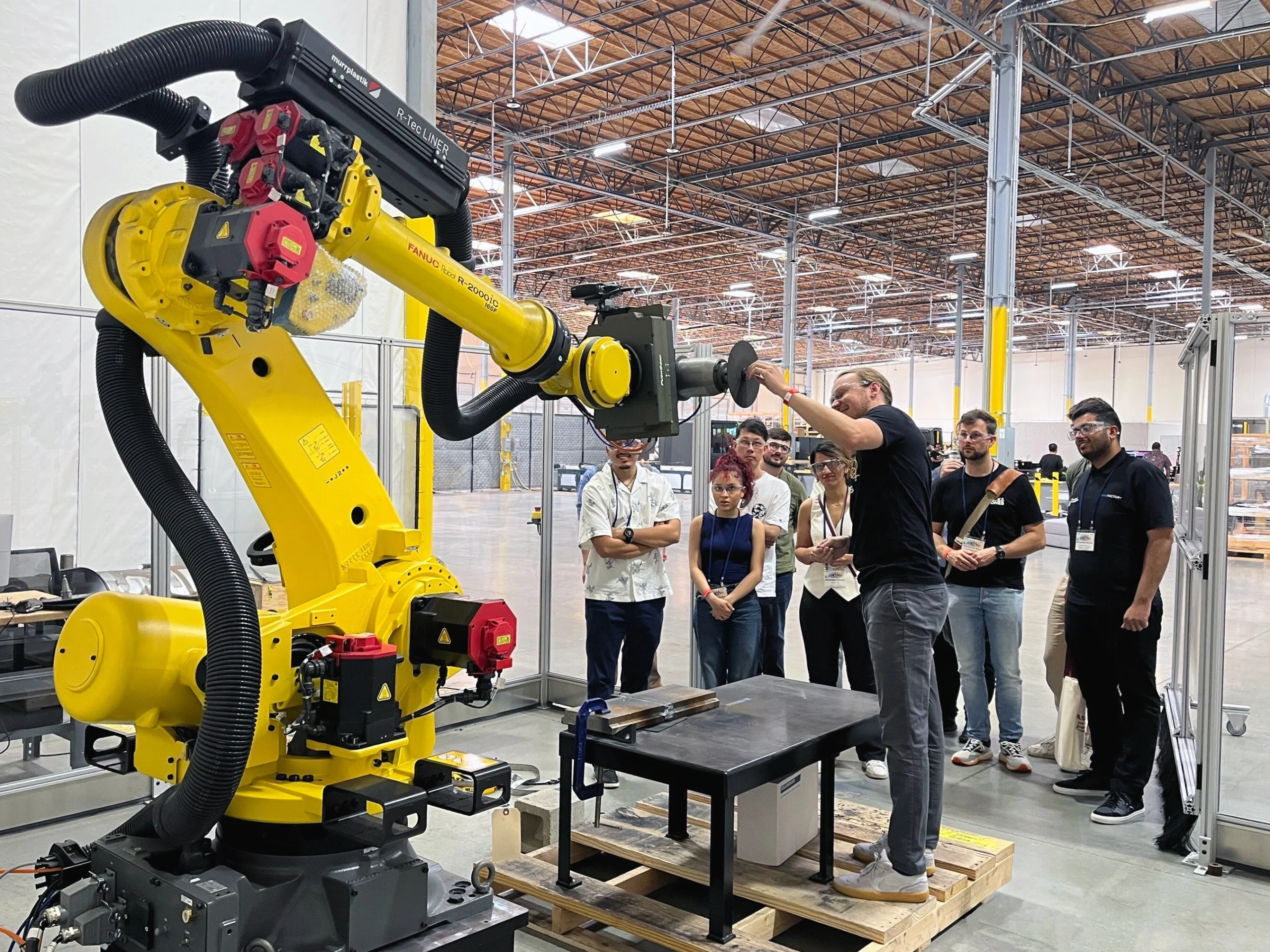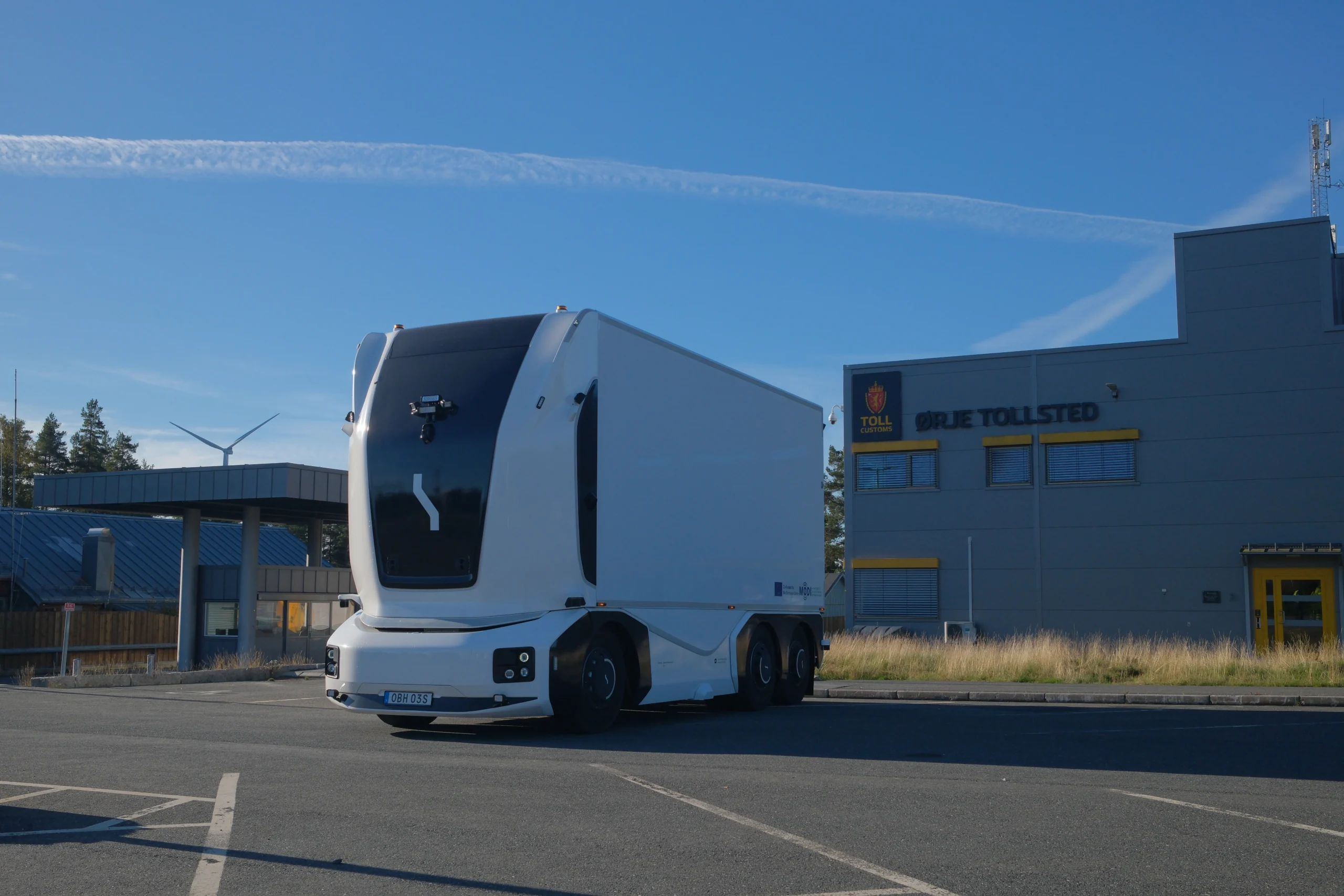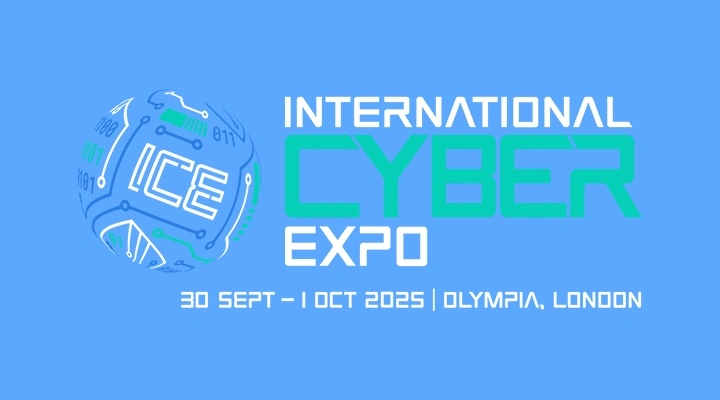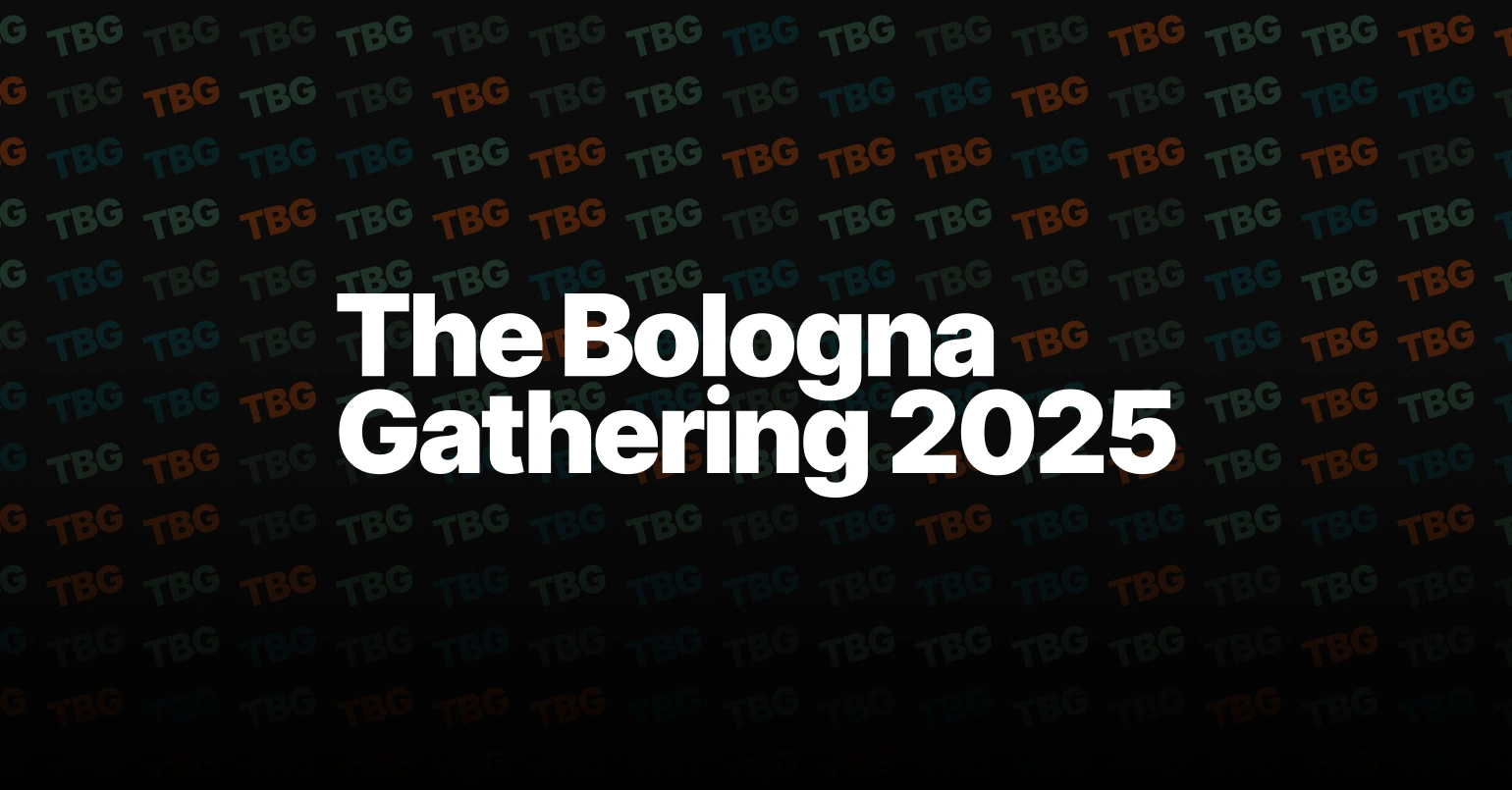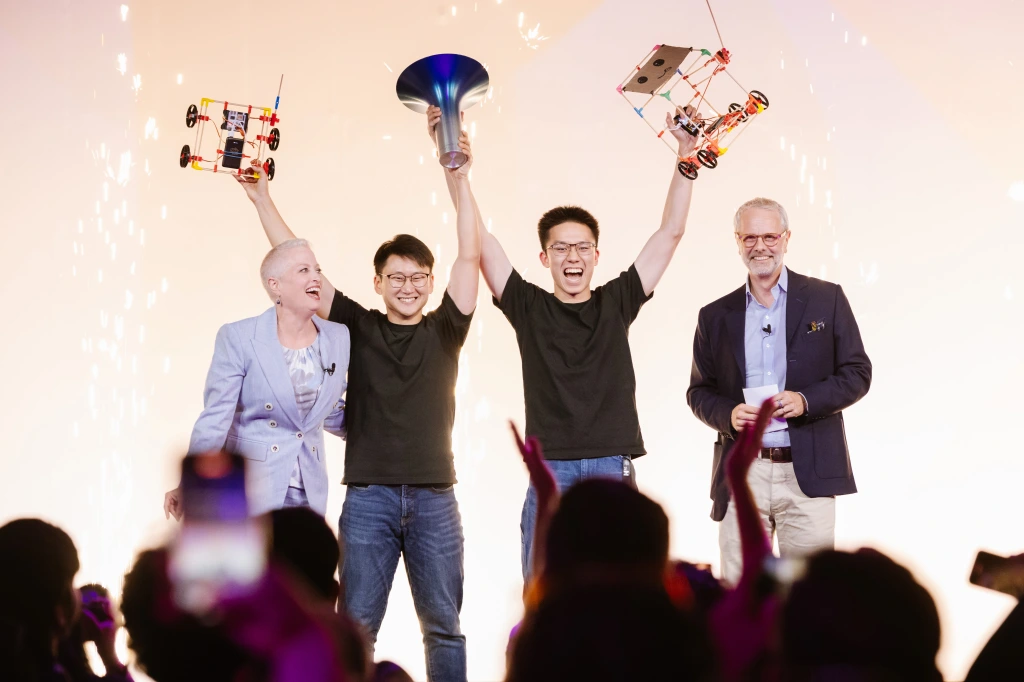Leading data and analytics company reveals technology trends in big data

John E. Kaye
- Published
- Home, Technology

According to GlobalData, a leading data and analytics company, big data has emerged in response to the exponential growth in data.
The company’s report, ‘Big data – Thematic Research’, details how big data is the result of a mixture of technology trends, including but not limited to the widespread use of social media, the ubiquity of mobile devices, and the rise of the Internet of Things (IoT).
Listed below are the leading big data technology trends, identified by GlobalData.
Edge computing
Certain use cases of edge computing consist of the maintenance of data processing and analytics close to points of collection. The advancement of edge computing is therefore closely associated with the IoT. The proliferation of enterprise IoT initiatives and consumer IoT offerings will drive demand for edge computing solutions.
Quantum computing
With Google, IBM, and Microsoft leading the pack, the race to attain quantum supremacy has commenced. Artificial intelligence (AI), and notably machine learning, will prosper, as quantum computers will complete extremely complex calculations, involving large data sets in a fraction of the time.
AI chips
For decades central processing units (CPUs) have powered data centres, however with the new workloads stemming from technology such as AI and the IoT, CPU architectures are going be pushed to their limits. Graphics processing units (GPUs) can process many threads in parallel, making them ideal for training and modelling of large predictive data models.
Data centre interconnect (DCI)
The need to transfer data between them at increasingly high speeds also grows as more data centres come online worldwide. Consequently, the DCI market faces a large demand for high speed optical links and transceivers. Data transfer speeds are especially important at the DCI level since 70% of all data centre traffic is east-west traffic, and as a result has a marked effect on the overall speed of the data centre.
Silicon photonics
An emerging technology in beta development, Silicon photonics, combines both laser and silicon technology on the same chip., allowing data to be transferred between computer chips by optical rays and supporting faster interconnects between data centres. The prominent vendors in market so far are Cisco, Intel, and Inphi.
Serverless computing
Numerous companies outsource their servers to cloud infrastructure as a serive (laaS) typically pay in advance for server capacity that they require for process execution, such as Amazon Web Services (AWS). However, laas is quickly being interchanged by serverless computing, which by, the cloud provider dynamically manages the allocation of code execution resources . Serverless architectures enable developers to outsource the hardware and focus on developing value-adding code.
HPC
High performance computing (HPC) is one of the fastest-expanding segments of the computing hardware market. With China dominating this segment, the country thereby supports AI, space, defence, gaming, industrial design, and genomics industries. The unveiling of the Sunway TaihuLight System in 2016 was a genuine breakthrough. At the same time, Huawei, Inspur and Lenovo are aggressively competing against IBM and HPE in the enterprise and cloud transaction processing space.
3D sensors
3D sensors are useful by-products from optical interconnect technology, which will witness an unparallel development due to themes such as augmented reality (AR), AI, and autonomous vehicles.In some AR systems, advanced 3D-sensing cameras use vertical-cavity surface-emitting laser (VCSEL) systems for tracking objects and sensing 3D depth. As a result, means that leading suppliers of VCSEL laser systems could get a significant breakthrough over the coming years.
SDN
Software defined networking (SDN) is an architecture for data networks. Rather than hardware, SDN allows software to control the network path along which data packets flow. Because it fundamentally changes who conducts the data centre causes huge disruptions.
Container software
The most important development is the arrival of operating system container software, on the open source software front. They enable applications to be easily moved between different IT infrastructures. The key benefits of container technology include reduced time to deployment, significant cost savings, flexibility to port to other infrastructures, and better scalability. Major leaders in container management software include Docker’s Swarm, Google’s open-sourced Kubernetes, Red Hat’s OpenShift, and Amazon’s Blox.
With the combination of analytics and streaming data, container software has the potential to generate value for companies.
5G
5G is anticipated to enable faster speeds and connect around one million devices per square kilometer, the full-scale mainstream adoption has the potential to boost data consumption globally. GlobalData predicts that, by 2024, more than one-quarter of all data traffic will be carried over 5G, up from less than 1% in 2019.
For more technology news follow The European.
Sign up to The European Newsletter
RECENT ARTICLES
-
 AI innovation linked to a shrinking share of income for European workers
AI innovation linked to a shrinking share of income for European workers -
 Europe emphasises AI governance as North America moves faster towards autonomy, Digitate research shows
Europe emphasises AI governance as North America moves faster towards autonomy, Digitate research shows -
 Surgeons just changed medicine forever using hotel internet connection
Surgeons just changed medicine forever using hotel internet connection -
 Curium’s expansion into transformative therapy offers fresh hope against cancer
Curium’s expansion into transformative therapy offers fresh hope against cancer -
 What to consider before going all in on AI-driven email security
What to consider before going all in on AI-driven email security -
 GrayMatter Robotics opens 100,000-sq-ft AI robotics innovation centre in California
GrayMatter Robotics opens 100,000-sq-ft AI robotics innovation centre in California -
 The silent deal-killer: why cyber due diligence is non-negotiable in M&As
The silent deal-killer: why cyber due diligence is non-negotiable in M&As -
 South African students develop tech concept to tackle hunger using AI and blockchain
South African students develop tech concept to tackle hunger using AI and blockchain -
 Automation breakthrough reduces ambulance delays and saves NHS £800,000 a year
Automation breakthrough reduces ambulance delays and saves NHS £800,000 a year -
 ISF warns of a ‘corporate model’ of cybercrime as criminals outpace business defences
ISF warns of a ‘corporate model’ of cybercrime as criminals outpace business defences -
 New AI breakthrough promises to end ‘drift’ that costs the world trillions
New AI breakthrough promises to end ‘drift’ that costs the world trillions -
 Watch: driverless electric lorry makes history with world’s first border crossing
Watch: driverless electric lorry makes history with world’s first border crossing -
 UK and U.S unveil landmark tech pact with £250bn investment surge
UK and U.S unveil landmark tech pact with £250bn investment surge -
 International Cyber Expo to return to London with global focus on digital security
International Cyber Expo to return to London with global focus on digital security -
 Cybersecurity talent crunch drives double-digit pay rises as UK firms count cost of breaches
Cybersecurity talent crunch drives double-digit pay rises as UK firms count cost of breaches -
 Investors with €39bn AUM gather in Bologna to back Italy’s next tech leaders
Investors with €39bn AUM gather in Bologna to back Italy’s next tech leaders -
 Axians and Nokia expand partnership to strengthen communications infrastructure across EMEA
Axians and Nokia expand partnership to strengthen communications infrastructure across EMEA -
 Forterro buys Spain’s Inology to expand southern Europe footprint
Forterro buys Spain’s Inology to expand southern Europe footprint -
 Singapore student start-up wins $1m Hult Prize for education platform
Singapore student start-up wins $1m Hult Prize for education platform -
 UK businesses increase AI investment despite economic uncertainty, Barclays index finds
UK businesses increase AI investment despite economic uncertainty, Barclays index finds -
 Speed-driven email security: effective tactics for phishing mitigation
Speed-driven email security: effective tactics for phishing mitigation -
 Short circuit: humanoids go for gold at first 'Olympics for robots'
Short circuit: humanoids go for gold at first 'Olympics for robots' -
 New IBM–NASA AI aims to forecast solar flares before they knock out satellites or endanger astronauts
New IBM–NASA AI aims to forecast solar flares before they knock out satellites or endanger astronauts -
 AI is powering the most convincing scams you've ever seen
AI is powering the most convincing scams you've ever seen -
 British firm Skyral to help Mongolia tackle pollution with AI traffic modelling
British firm Skyral to help Mongolia tackle pollution with AI traffic modelling

